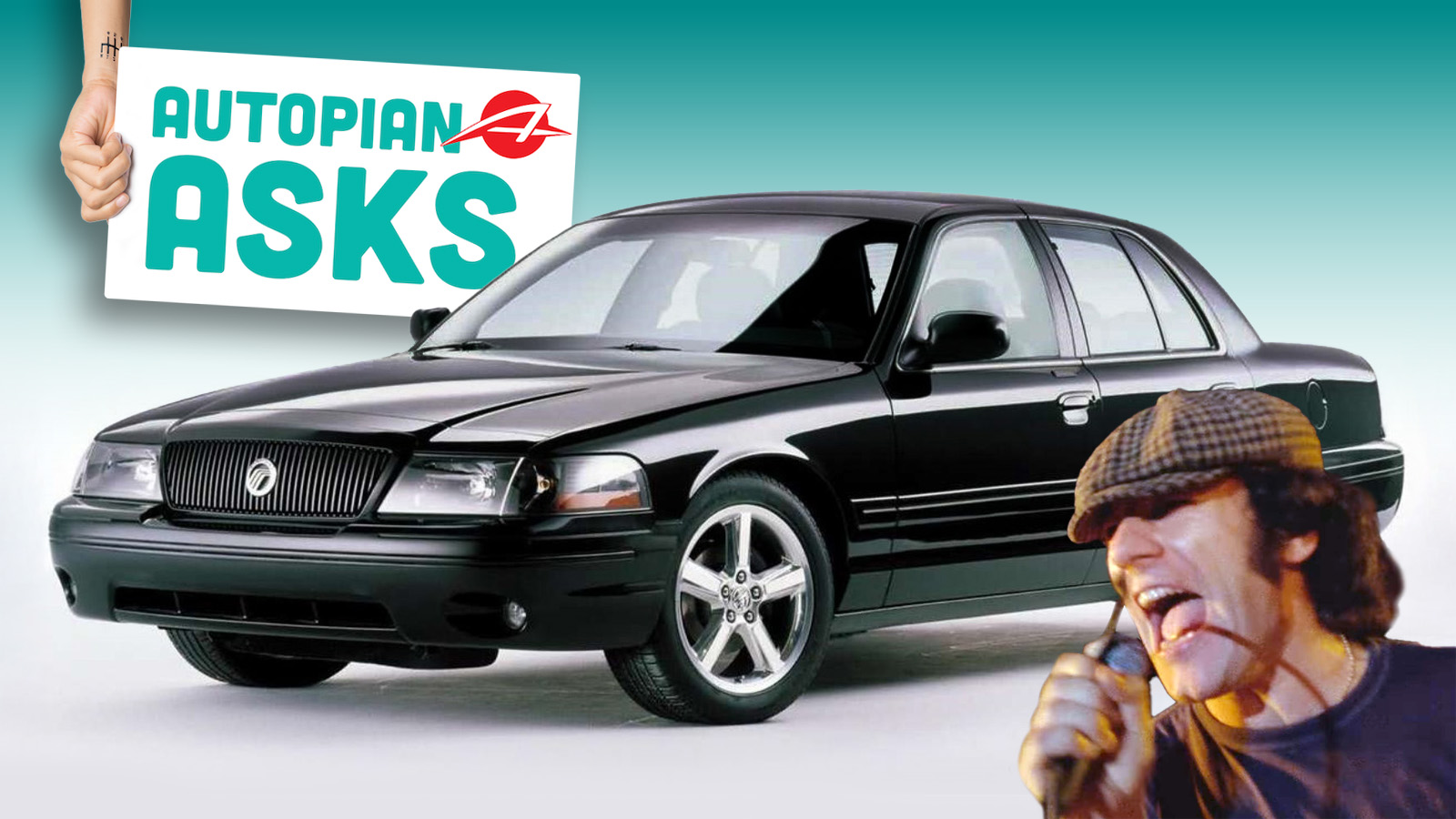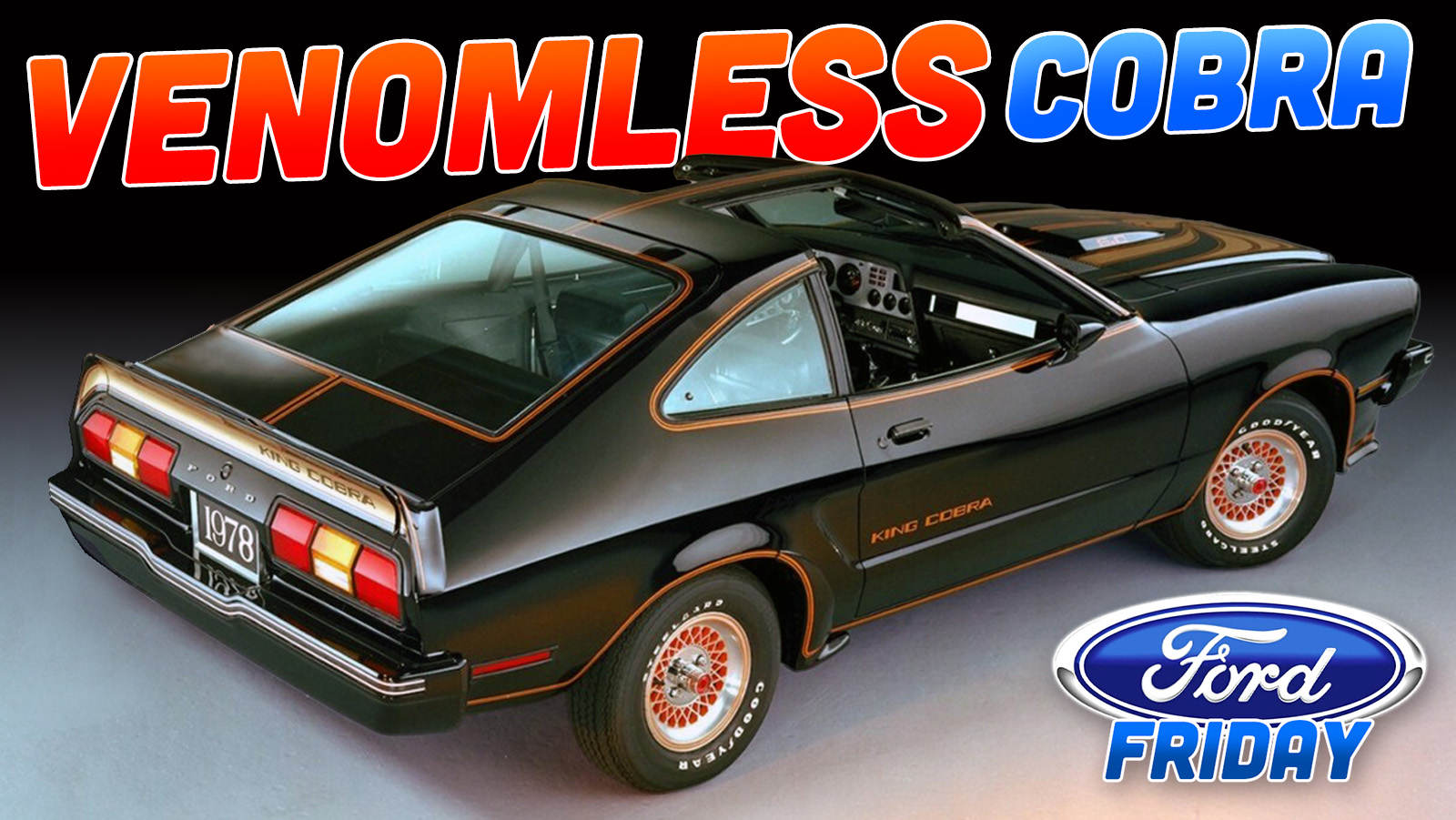I don’t really have any specific formula for what I decide to do a Cold Start about; it just has to be (mostly) car-related and interesting or funny or unexpected or something that justifies my greedily demanding your time to read it. I certainly go to old car brochures as a sort of default, I suppose, or some detail about a car that grabs me, for reasons I can’t really explain. I rarely do them about poems, though. I think there’s nothing against doing a Cold Start about a poem–I say this because I checked, reading through our only copy of the original Autopian By-Laws that are kept hidden in a cigar box behind the urinal nearest the light switch in the upstairs bathroom of Canter’s Deli in Los Angeles.
So, today, I feel like talking a bit about a car-focused poem, one by a poet I’ve always liked: the typographically adventurous and well-known poet e e cummings. I’ve read that he wasn’t really that fussy about writing his name in all lower-case like that, but it’s often done, and I think it sort of telegraphs the way he plays with the structure and rules of writing, so I like to render it like that.
Anyway, the poem in question is one called she being Brand, and it seems to have been first published in 1926, in a collection called is 5. Here it is, formatted as intended, at least as far as I have been able to tell:
she being Brand
-new;and you
know consequently a
little stiff i was
careful of her and(havingthoroughly oiled the universal
joint tested my gas felt of
her radiator made sure her springs were O.K.)i went right to it flooded-the-carburetor cranked her
up,slipped the
clutch(and then somehow got into reverse she
kicked what
the hell)next
minute i was back in neutral tried andagain slo-wly;bare,ly nudg. ing(my
lev-er Right-
oh and her gears being in
A 1 shape passed
from low through
second-in-to-high like
greasedlightning)just as we turned the corner of Divinityavenue i touched the accelerator and give
her the juice,good
(it
was the first ride and believe i we was
happy to see how nice she acted right up to
the last minute coming back down by the Public
Gardens i slammed onthe
internalexpanding
&
externalcontracting
brakes Bothatonce andbrought allofher tremB
-ling
to a:dead.stand-
;Still)
It’s a pretty fantastic poem, isn’t it? The type of car is never exactly specified, but for some reason in my head I always picture a Packard. Maybe a big Packard Eight? Or a smaller Six? I’m not really sure.

The poem does a wonderful job of conveying the experience of attempting to drive a new car, one that perhaps you’re not really familiar with just yet, so mistakes are made; gears are missed, profanities uttered, but eagerness fuels another attempt, and it works, and you feel the power and joy of the machine, driving it hard, stomping on those two brakes a bit hard, and finally coming to a hard stop as the engine idles, vibrating the whole frame of the car.

Is it sexy? I mean kind of, yeah, it is. But cars almost always are, or can be, at least. The poem is often read as an extended metaphor for a certain sort of eager, clumsy, but ultimately satisfying sex between young and inexperienced partners. It’s a raw, unpolished sort of sexuality, unpretentious and hungry, and all this without any overt references to sex or even any bit of human anatomy.
You can see this common take on the poem as it was shown in the 1988 movie Plain Clothes, which seems to be one of those movies where a cop goes undercover at a high school, in this case adding to the challenge by choosing to wear that shirt and that hat:
No one was trying for subtlety there. And maybe it’s best not to recall the guy reading the poem is an adult undercover cop, and those girls around him are underage.
I get why the poem is read sexually. It’s fun to read poems sexually, after all, and especially poems about cars. But in reading this poem, I’m wondering if our perpetually horny minds are blinding us from something obvious: it’s also just a really good poem about the experience of driving in the 1920s.

It conveys the exciting complexity and engaging details of driving, from an era when knowing how a car worked in a pretty high degree of detail was a near-requirement, even for a poet. There’s the frustration and complexity and the many, many opportunities to screw up, but there’s also the reward of getting that big, cumbersome brute hauling ass down the street.
I’m not saying e e cummings didn’t intend the poem to be a metaphor for that wonderful sort of unselfconscious, giddy sort of sex, but I am saying that if you just read the poem at a surface level, it’s a pretty fantastic taste of what the early days of motoring were like, from a more visceral and gut perspective than how we usually get this sort of thing conveyed.
Either way, it’s pretty hot.









Let’s play what my undergrad professor called The Substitution Game: let’s change “she” to “it”. Still sexual? Or does it seem that way because cars are often colloquially gendered as femme? As a poet who sort of avoids his work because I share at least one name with e.e. cummings, I can’t tell you if he was always this coy with his imagery/metaphor, but this feels like barely a step up from “That’s what she said.”
…which I can almost never resist adding to something.
So 1) this is definitely specifically a poem about a car, and 2) this MIGHT be a poem about sex, but only for the pronouns. It’s no Crash, that’s for sure.
What if it’s about having sex with a car? I think you’ve written about that one before. Maybe e.e. cummings was actually a tailpipe enthusiast?